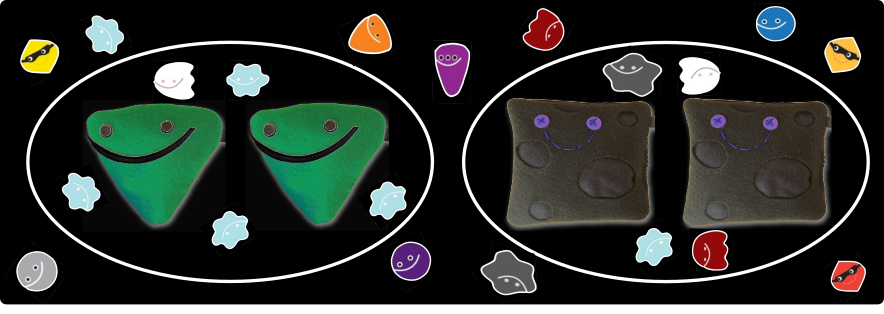Speaker
Description
Quantifying the transport properties of heavy particles traveling through thermal non-abelian plasmas is of paramount importance to interpret measurements on those particles conducted after the freezeout. One such example is quarkonium suppression in heavy-ion collisions (HIC). To explain the experimental data and extract physical quantities encoding the properties of the QGP, a solid theoretical understanding of how the properties of the QGP modify the quarkonium dissociation and formation rates within the thermal plasma is necessary. Analogously, heavy dark matter (DM) particle candidates in the early universe may also have undergone processes of bound-state formation and dissociation in co-annihilation scenarios. A precise calculation of the relevant transition rates is crucial to constrain the parameters associated with those DM particles from measurements of the present-day DM abundance. In this work, by using the real-time formalism of thermal field theory, we perform the first complete NLO calculation of the gauge-invariant chromoelectric correlator that determines the transition rate between a bound singlet state and an adjoint representation unbound state in potential Non-Relativistic Effective Field Theory (pNREFT) inside a thermal SU(N_c) non-abelian plasma. The connection from quantum fields to semiclassical transport rates is elucidated through an open quantum system description of the heavy quark/DM pair system interacting with the thermal plasma environment. We explicitly verify, up to NLO, that the resulting rates are infrared and collinear safe, as well as manifestly gauge-invariant in R_\xi gauge. We find that if the temperature is of the same order as the binding energy, which is a crucial temperature regime to determine the abundance of these heavy particles after the freezeout, the NLO rates are significantly enhanced compared to the LO ones. This observation highlights the need to have a solid quantitative grasp on the role of transitions between bound or unbound quarkonia/DM states in order to understand the final quarkonium yields in HIC and the present-day DM abundance in terms of the underlying theory that govern their dynamics.

